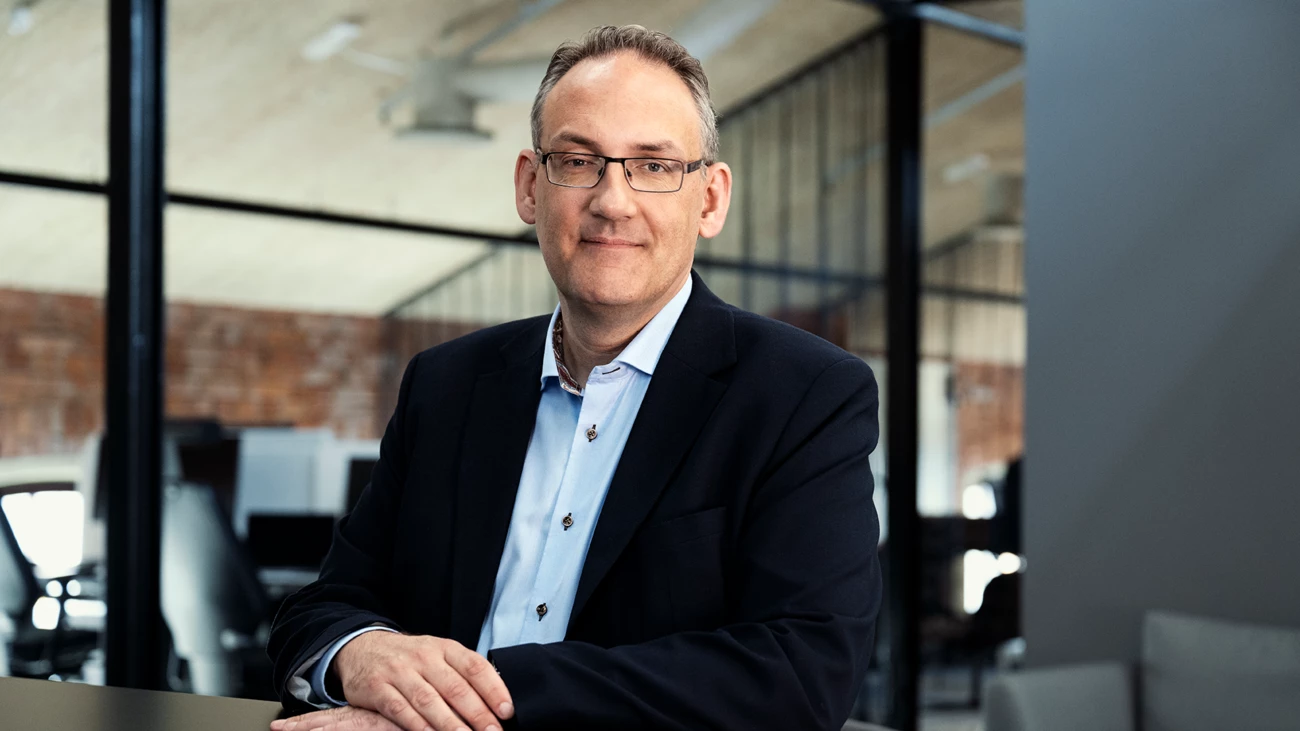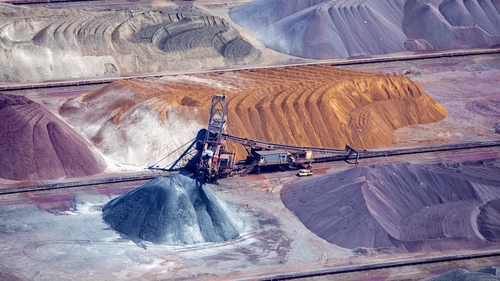What are Scope 1, 2 and 3 emissions?
Greenhouse gases, such as carbon dioxide (CO2), trap heat in the atmosphere, contributing to global warming and climate change. Emissions of greenhouse gases (GHG) are measured in CO2-equivalents (CO2e) and divided into three different scopes, depending on how they are tied to an entity.
Scope 1: Direct GHG emissions from sources controlled or owned by an organisation, such as a company’s buildings, facilities and vehicle fleet.
Scope 2: Indirect GHG emissions from the production of purchased energy, such as electricity, heating and cooling.
Scope 3: All other indirect GHG emissions in an organisation’s value chain, both upstream and downstream.




